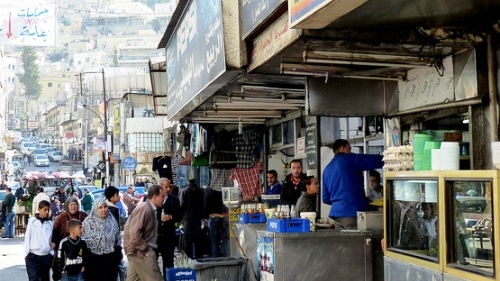Jordan's economic growth has been subdued in the last year as spillovers from regional instability take a toll. Jordan has been managing spillovers from the Syrian crisis including closure of trade routes with Iraq and Syria and hosting more than 656,000 registered Syrian refugees with UNCHR with an estimated 1.3 million Syrians in Jordan as per the census.
While the Jordanian economy has held up with growth generated from a number of sectors, it has been losing momentum. Growth of 2.1 percent in the first half of 2016 slightly declined compared to 2.2 percent in first half of 2015. The outlook is subject to downside risks. Compared to the region, Jordan's growth forecast of 2.3 percent for 2016 is in line with the average growth rate for the Middle East and North Africa.
However, higher frequency of security incidents are materializing around Jordan and could further depress consumer and investor confidence. Containing the fiscal deficit and implementing the new IMF program will be challenging as some adjustment measures could be considered socially sensitive.
In parallel, the implementation of planned reforms to improve the functioning of the labor market, improve the investment climate and unlock access to finance which are vital to stimulate economic activity, and improve welfare.
Finally, Jordan's external position will face further pressures if expected grants and concessional financing do not materialize and grants are not sustained and increased.
Jordan Economic Monitor, Fall 2016: reviving a slowing economy (PDF)
